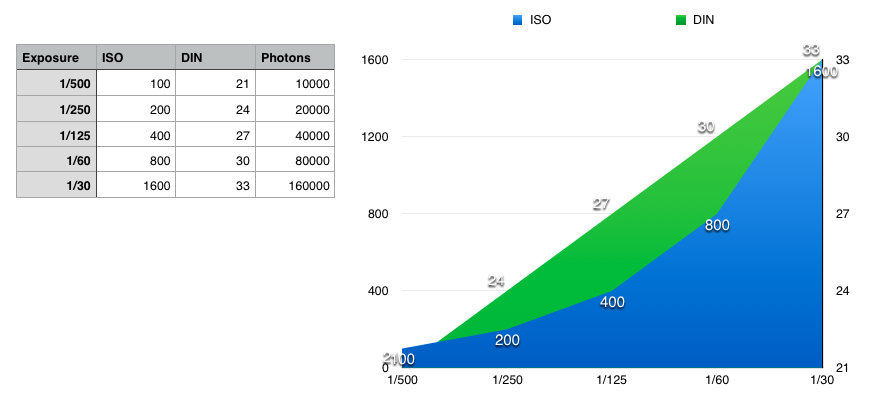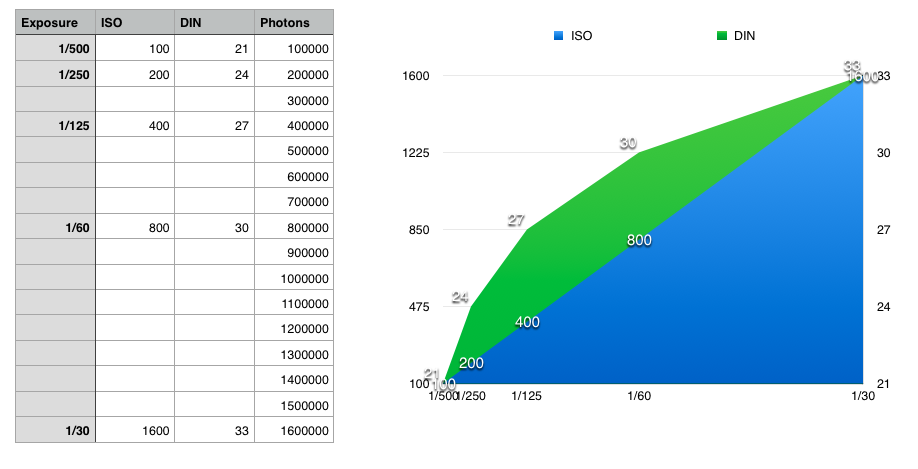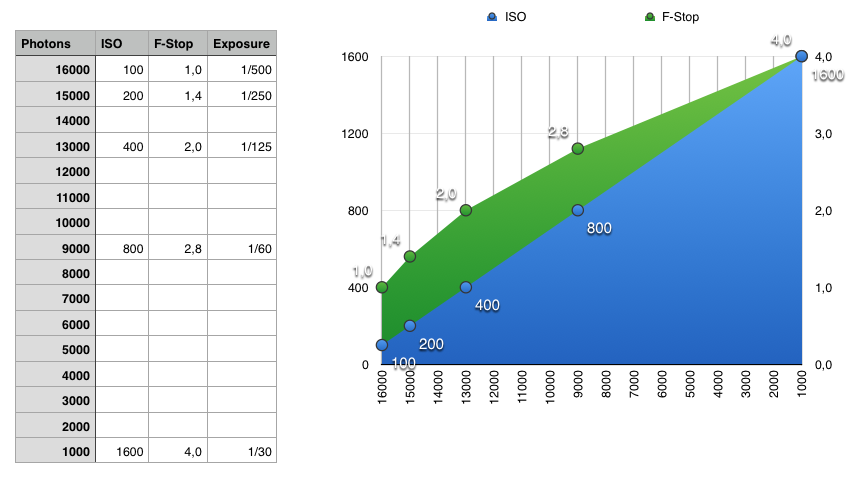The closest we'll get to no...
Sandman| Subject | The closest we'll get to nospam admitting to an error (was: ISO value names are becoming ridiculous) |
| From | Sandman |
| Date | 01/12/2016 11:11 (01/12/2016 11:11) |
| Message-ID | <sandman-a5118f15eda81e0dd96849bd14e8daa2@individual.net> |
| Client | |
| Newsgroups | rec.photo.digital |
| Follows | Sandman |
| Followups | nospam (5h & 34m) > Sandman Sandman (3d & 1h) Sandman (14d, 7h & 45m) |
I've said it before - when proven wrong, nospam either snips the proof or quietly leaves the thread. He would never admit to being wrong, so this is as close as we'll ever get to him admitting to claiming that ISO is a logarithmic scale was an incorrect claim - he abandoned the thread. :-D
The funnies part is all the energy he spent into making sarcastic remarks along the way, and when he realized he was 100% incorrect, he just left with his tail between his legs. :-D
In article <sandman-a44afc81fec44d91dbc0fd8667abcb98@individual.net>, Sandman wrote:
Sandman
<snip ignorance>
Last chance, I'll help you.
Here's the "scale" you see in your head:
<>
And you're going - yeah, ISO is totally logarithmic. But that's because you're not understanding what it is measuring. See the column with "photons", being a label for amount of light really. See how it also doubles in value for each step?
Yeah, that's because in photography infancy, it was determined that one "stop" is twice the amount of light. It makes sense, of course, since amount of light grows exponentially when using a circular aperture.
So, the thing we're actually measuring is light, with me so far? And light doesn't come in either 2000 photons or 4000 photons, it comes in any number of photons, and the scale actually looks like this:
<>
See how for every 1,000,000 photons we let in, the amount of light grows linearly? And see how exposure times are spread out further and further apart? That's because the step between 1/60 and 1/30 lets in *far* more light than the step between 1/500 and 1/250. basic math - 100% of the preceding value will always grow larger and larger.
And since ISO also measures stops, it follows the exact linear curve along the amount of light. DIN, being logarithmic, does not. For each stop it moves a fixed amount.
Compare with another logarithmic scale - f-stops, using the same graduation in light:
<>
It has the same correlation to the graduation, meaning it measures a doubling of data, but the scale itself is not linear (arithmetic), it is logarithmic. Each step is not linearly corrpssondant to what it is measuring.
So, a good example here is the Richter scale. Just like the DIN scale, it is also logarithmic. One fixed step in the scale equals ten times the graduation (earthquake amplitude). If the richter scale would be arithmetic like ISO, each step in the scale would be 10 times higher than the preceding value, since it is measuring something that is 10 times more than the preceding value.
Hope this helped.-- Sandman


